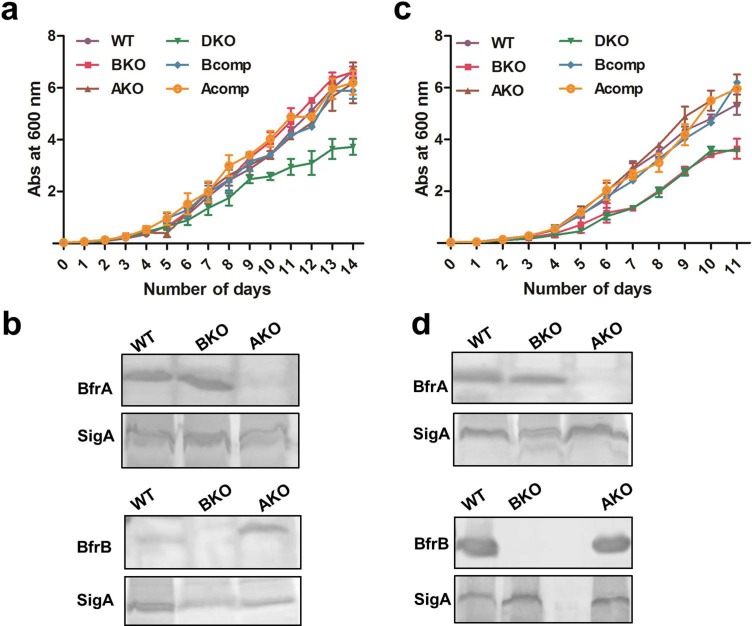Fig 2. Effect of Bfr deletion on the growth of M. tuberculosis under iron starved and iron rich conditions.
Various M. tuberculosis strains were grown in MB7H9 and were passaged twice in MM before inoculating for the growth curves (one passage comprised of the growth of the bacterium from the time of its inoculation at OD600nm ~0.02 to its growth to reach stationary phase at OD600nm ~3.0). Subsequently, growth of various M. tuberculosis strains was monitored at indicated time points under various conditions (a) iron starvation and (c) iron excess (250 μM FeCl3). These experiments were performed thrice and the mean values ± standard errors of the means are plotted. Immunoblotting was performed by using antibodies against BfrA (upper panel) and BfrB (lower panel) in the lysates of M. tuberculosis cells grown under (b) iron starvation and (d) iron excess (250 μM FeCl3). For internal control, the same lysates were immunoblotted by using antibodies against SigA. The immunoblot shown is representative of one experiment, however, the same pattern was observed across three experiments. WT: M.tbH37Rv, BKO: ΔbfrB mutant, AKO: Δ bfrA mutant, DKO: ΔbfrA and ΔbfrB double mutant, Bcomp: ΔbfrB mutant complemented with bfrB gene and Acomp: ΔbfrA mutant complemented with bfrA gene.

